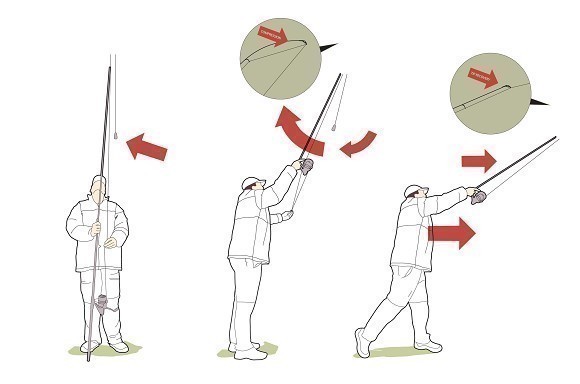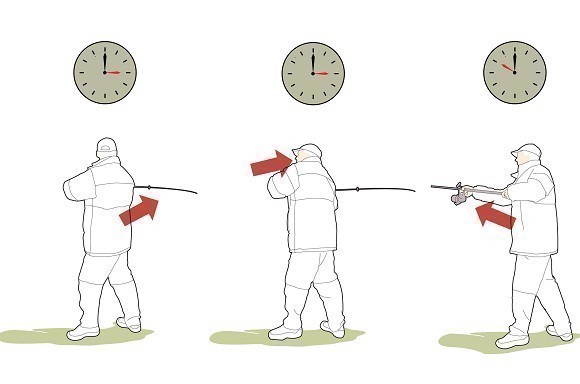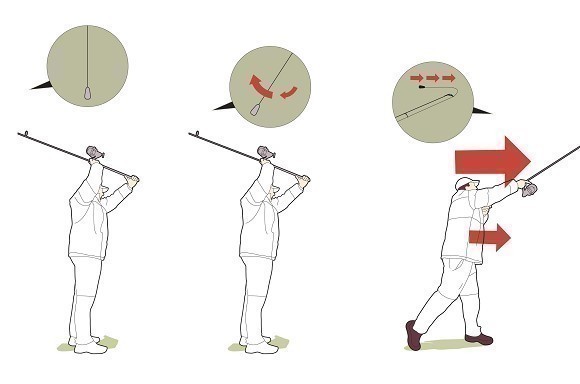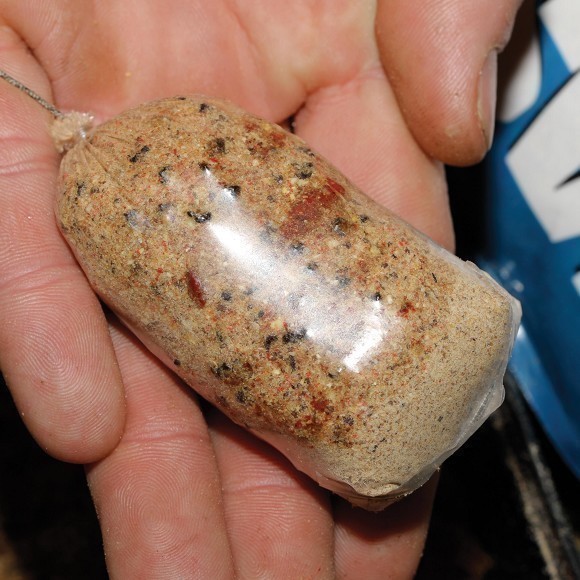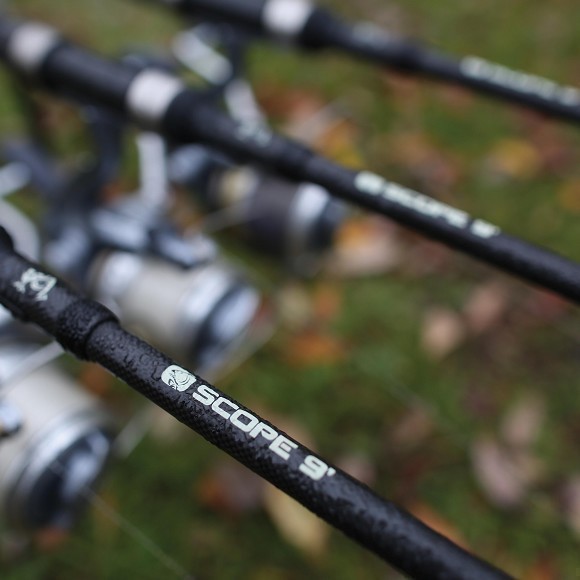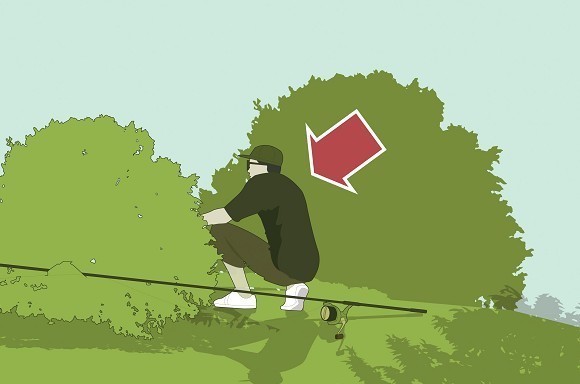
How to cast when fishing in tight swims
Struggling to hit your chosen spot because the swim's overgrown? Here's Oli Davies's guide to casting in confined swims
We have all experienced trying to get a bait to a certain spot but having difficulty due to the confined nature of the swim we are fishing. Sometimes it is simply impossible to cast with a conventional overhead style. It can be incredibly frustrating, but there are ways around it without resorting to using a bait boat. The first port of call is to kneel down and get as low as possible. When that isn’t enough, it’s time to adopt a different casting technique.
Underarm
The underarm cast should be in every carp angler’s armoury. We all use it at times when we are fishing close in. However, with practice it is possible to underarm a bait a lot further, and distances of 40 or even 50yds are achievable if you perfect the technique. This is especially useful in the tightest of swims where it is not only impossible to cast overhead but also to side cast.
The secret to getting distance is not to send the lead too high; a lower trajectory is needed. You also need to utilise the rod in the same way you do for an overhead cast: compressing the tip so that the lead is propelled by the recovery of the rod as well as the momentum of the swing. It helps to have as long a drop to the lead as possible in order to maximise this flicking action.
Underarm casting can also be extremely accurate and if you feather the lead just at the point of entry you can get it to touch down softly thus minimising any disturbance.
Side cast
The side cast is often used when flicking a bait down the margin, but it can also be used when space is tight overhead. However, this is a much less predictable cast. Due to the way the lead is flung any variation in the timing of the release affects horizontal accuracy rather than vertical trajectory, so it is tricky to cast as accurately as with an overhead or underarm cast. The side cast is a powerful technique, using the rod to generate lead speed and much greater distances can be achieved than with an underarm cast. Up to 80yds is easily achievable. A powerful, low side cast can be used to cast deep along overhanging margins and is especially useful in tight swims when fishing long Zig Rigs.
Hard and low
Where you can overhead cast and you really need to do so to get enough distance, but branches above restrict the height of the trajectory, punching the lead hard and low is the answer. Rather than the lead travelling in a wide arc, which is what you want with a traditional overhead cast, the action is more one of throwing with the lead following the path of the rod tip. In order for this to work properly, the cast should be quite powerful and it can help to swing the lead back first rather than cast from a stationary drop. The lead travels almost horizontally rather than up at a 45-degree angle, thus clearing any overhead obstructions. It is worth having a couple of casts with a bare lead to get the feel of it and ensure you have the release point before attaching a rig. This technique can also be used to cast up to overhanging margins, the low trajectory of the lead allowing the lead to travel further under the canopy that a conventional cast.
Other tricks
Two edges to help you cast in a confined swim
Solid PVA bags
A great way of preventing your rig and lead from catching on encroaching twigs and branches is to put the whole lot in a solid PVA bag. This gives you a much greater margin for error and allows you to cast through light cover without leaving your rig hanging in a tree. When combined with a low, hard side cast it is possible to bounce the bag off the surface rather like a skimming stone. This is great for getting right under overhanging trees, much further than would be possible with just the rig alone, and reasonable distances can be cast with no headroom whatsoever.
Shorter rods
Of course, the simple answer to the problem of overgrown swims is to use a shorter rod. On overgrown venues a ‘standard’ 12ft carp rod is a real hindrance and a shorter rod is far more practical. 9 or 10ft rods provide more scope for manoeuvre in tight areas, while the overall casting performance doesn’t suffer too much. In extreme circumstances where space is severely limited and when stalking in the tightest holes, a 6ft rod is the way to go, allowing you to fish from spots where it would be impossible with a 12ft, or even a 9ft rod. They’re well worth a try and they have a lovely action too.



